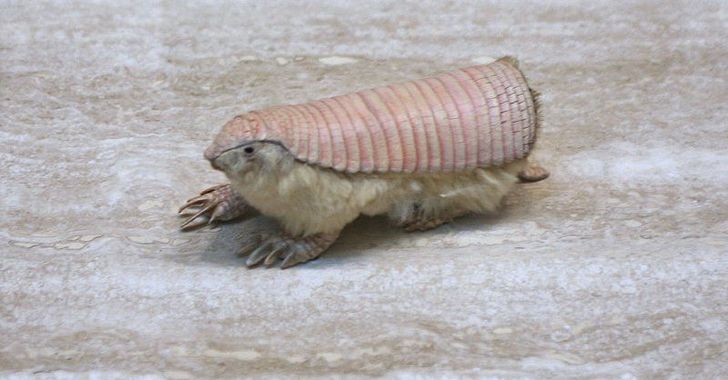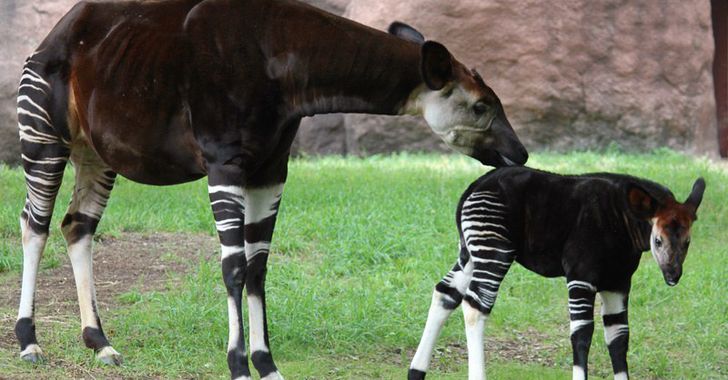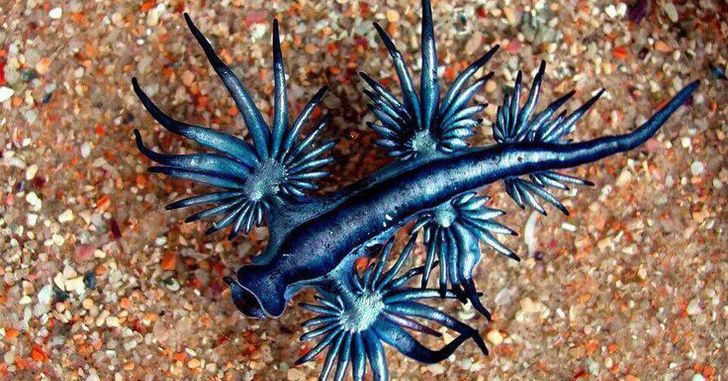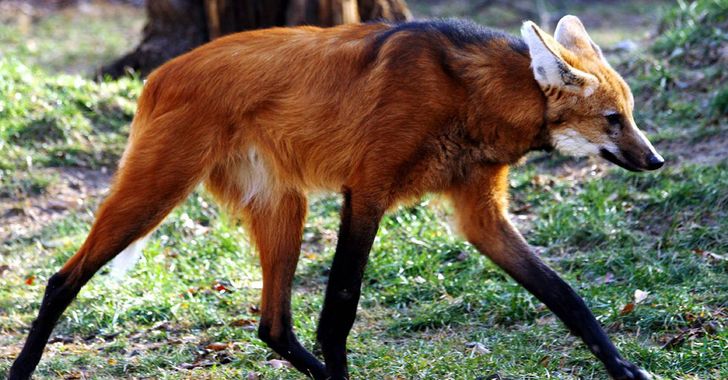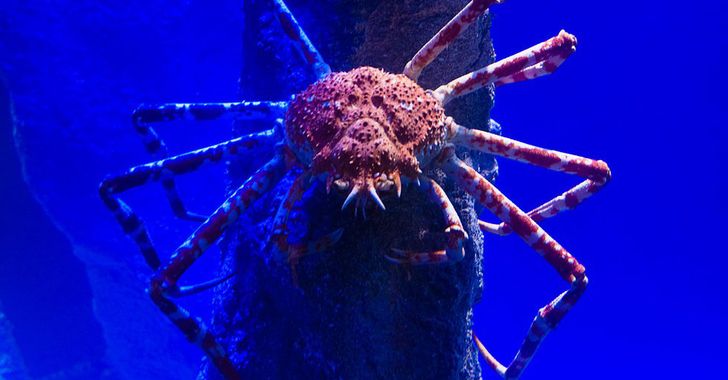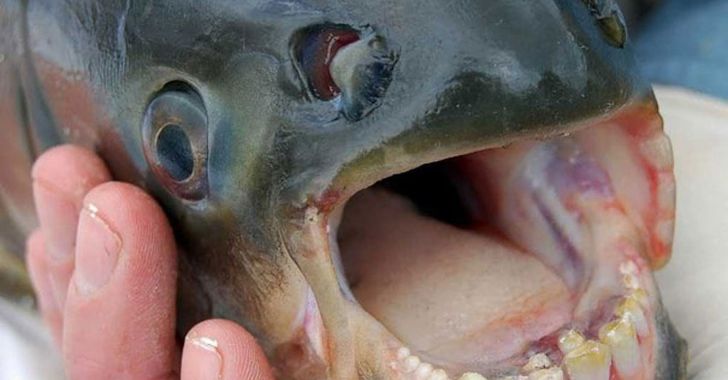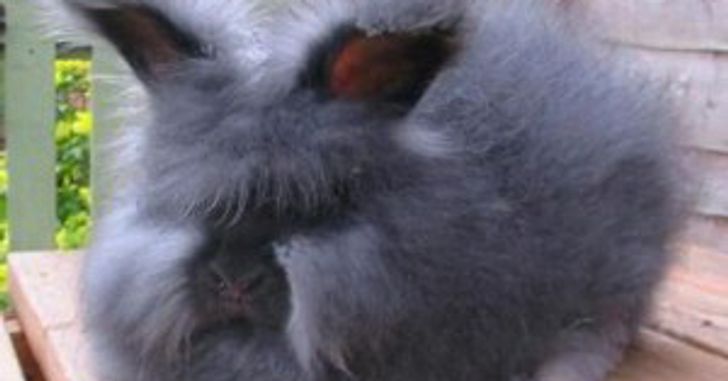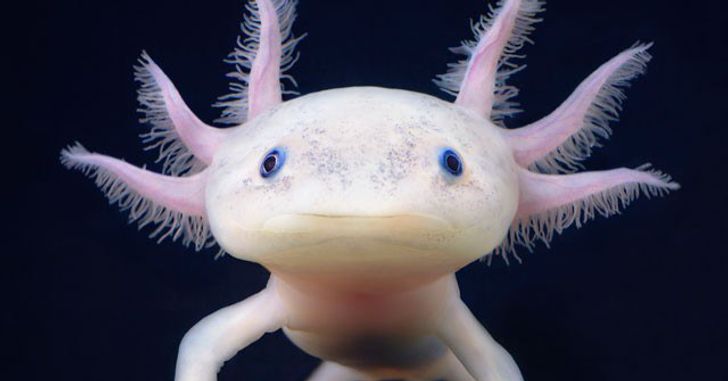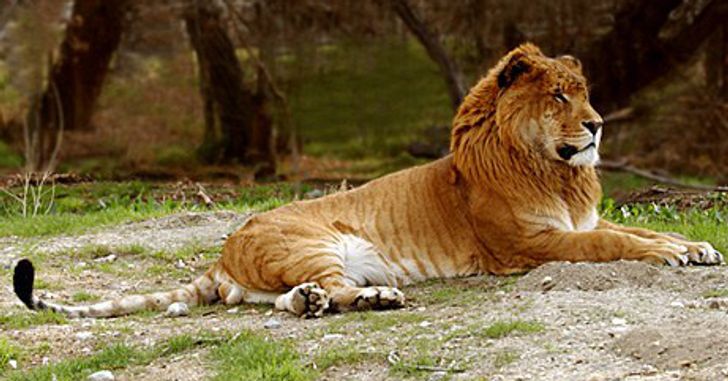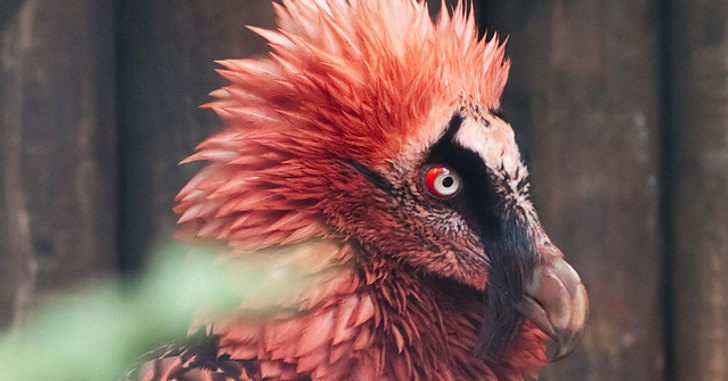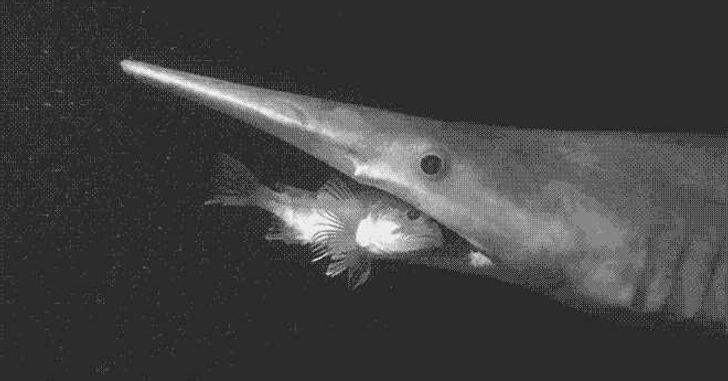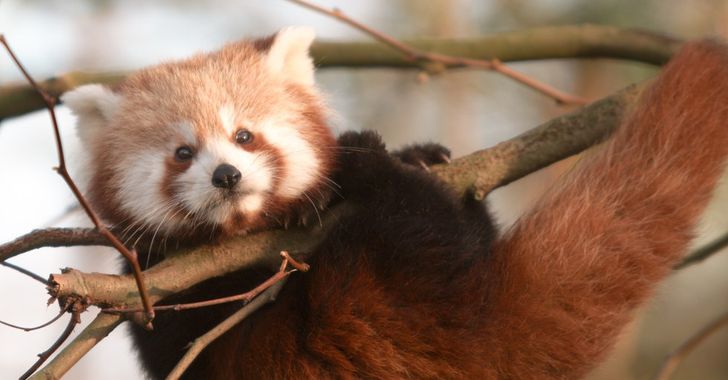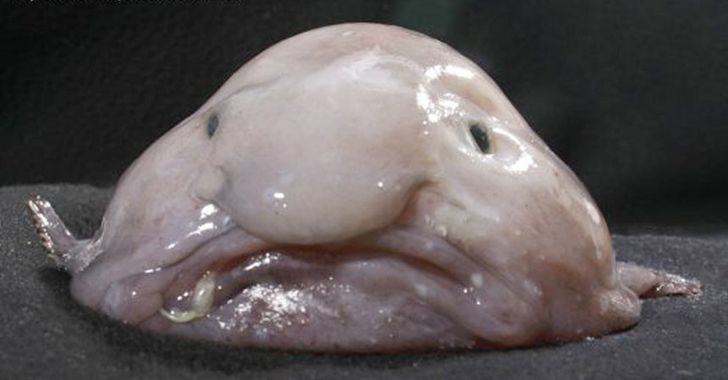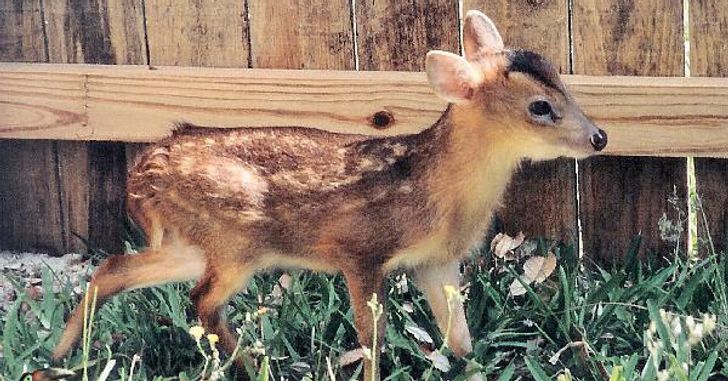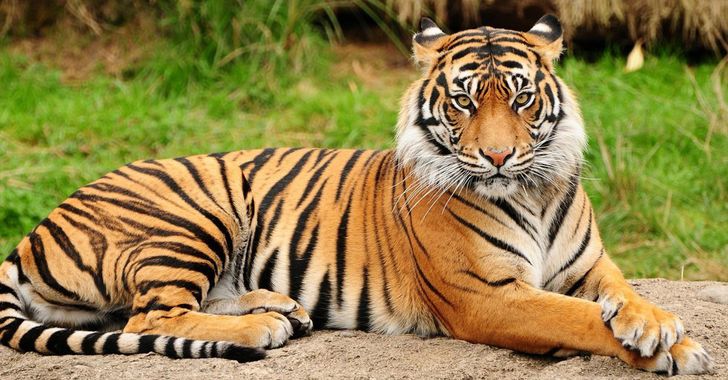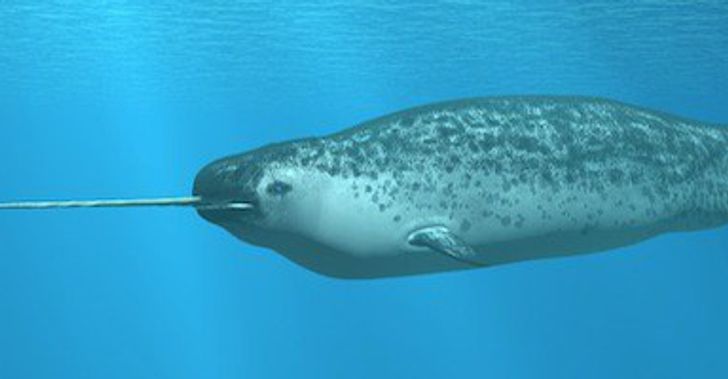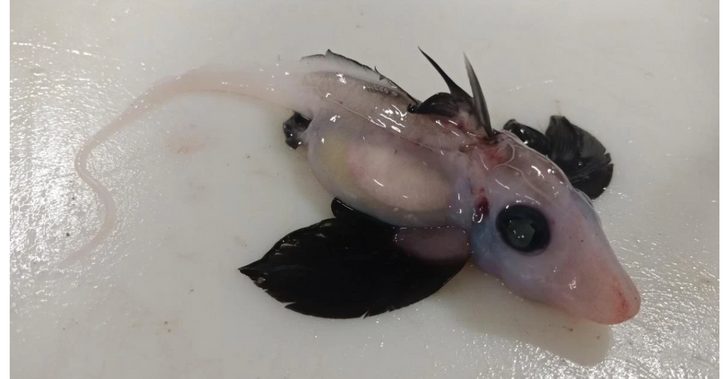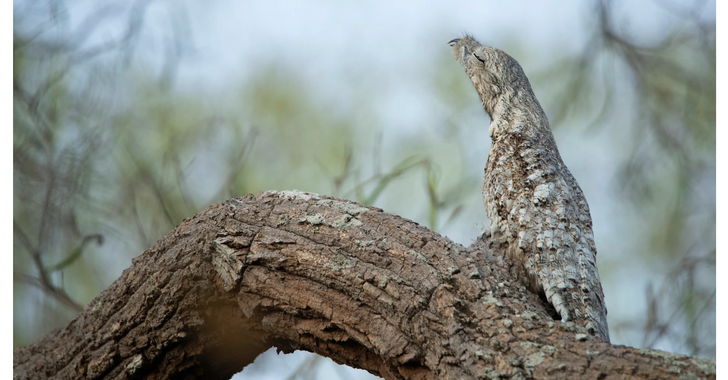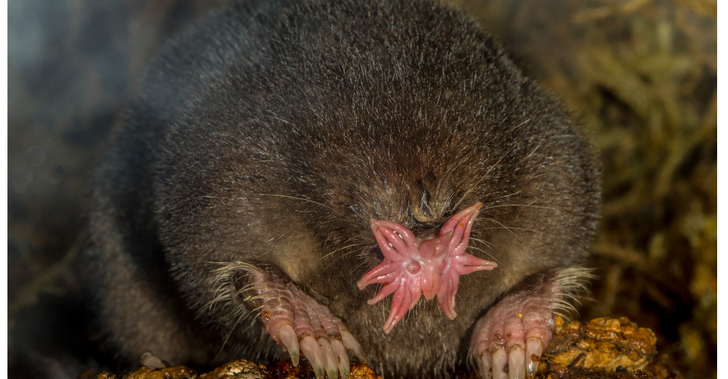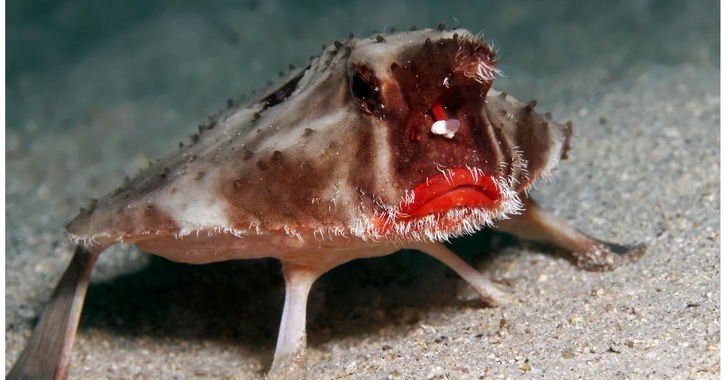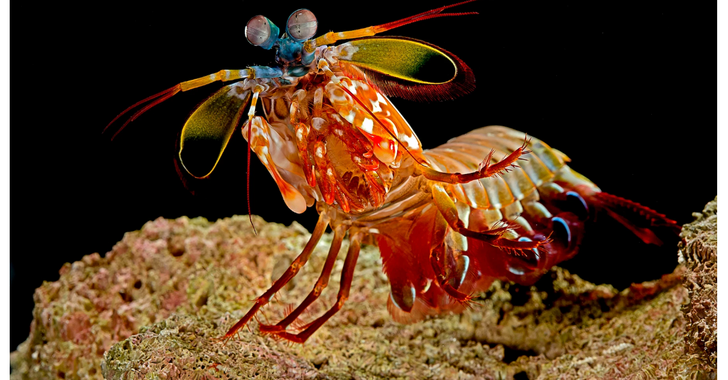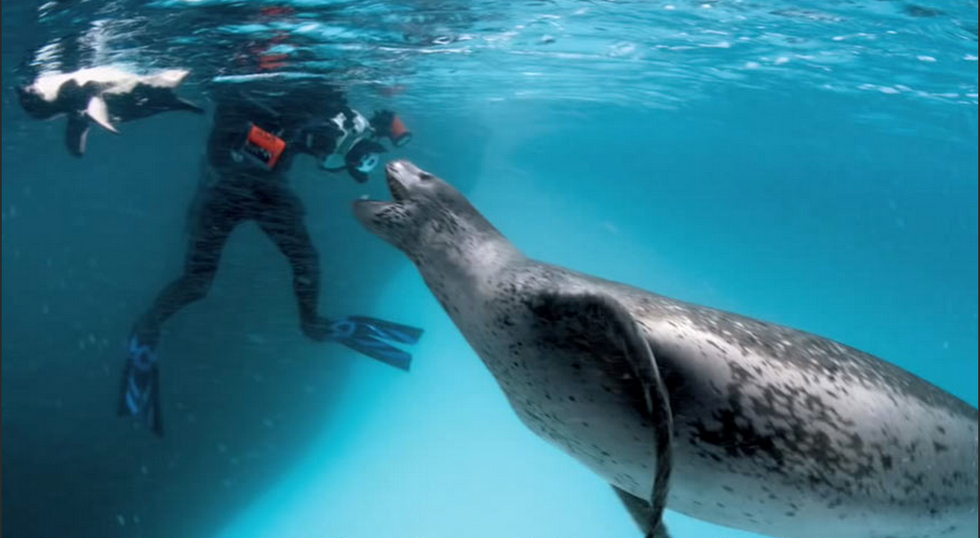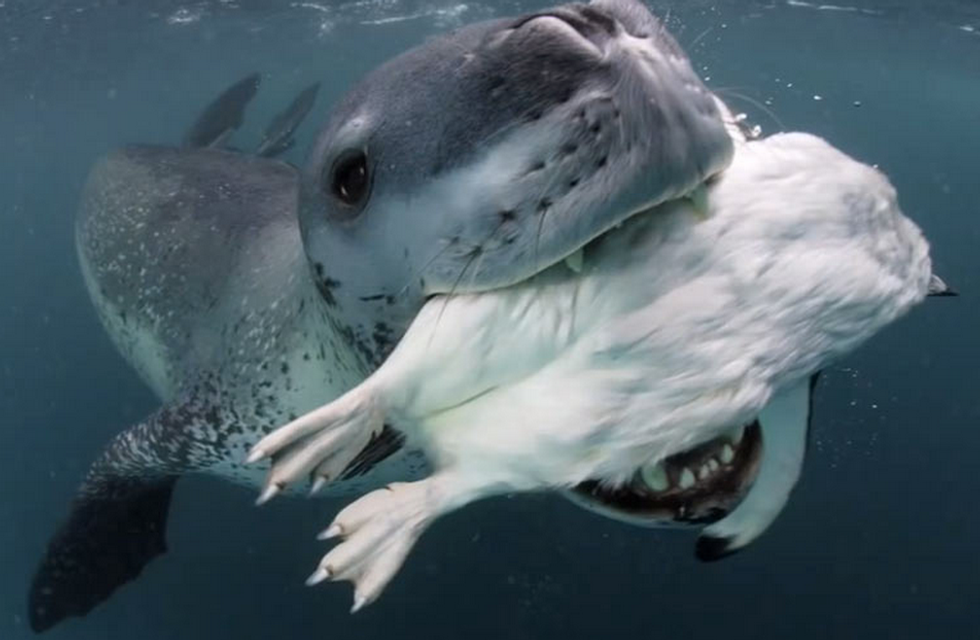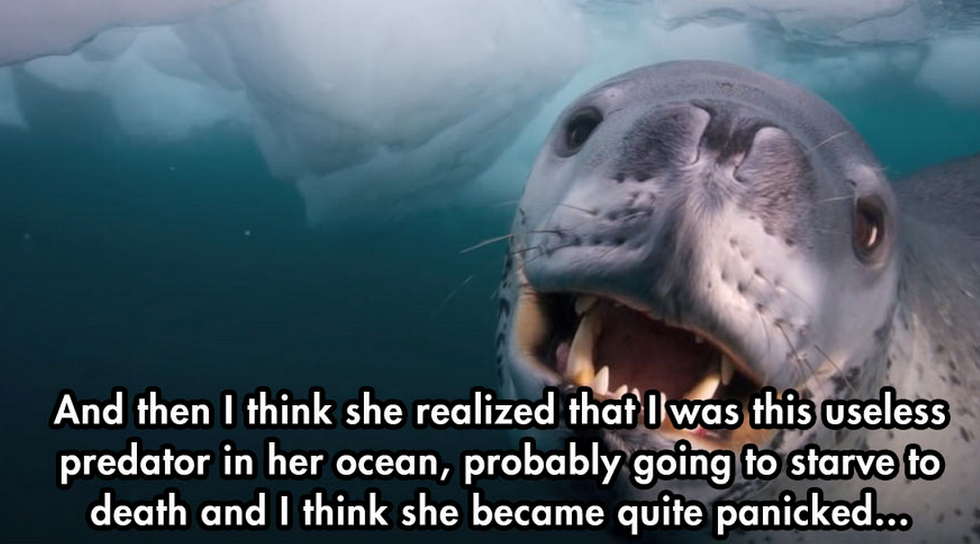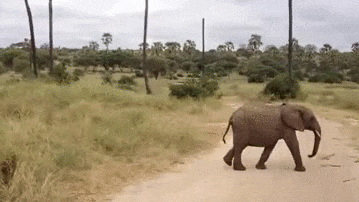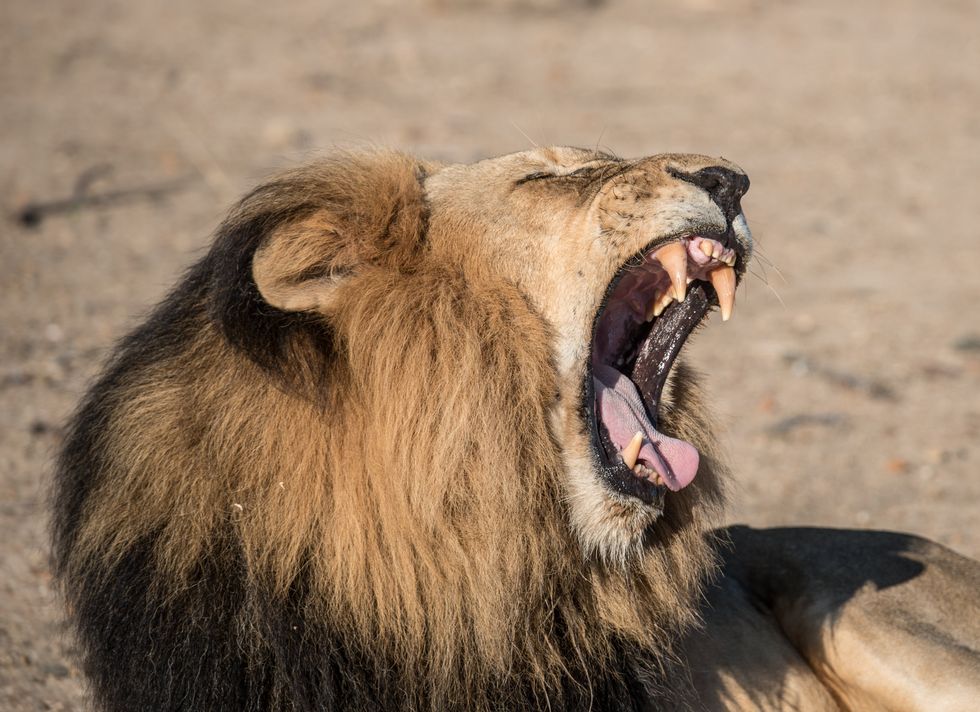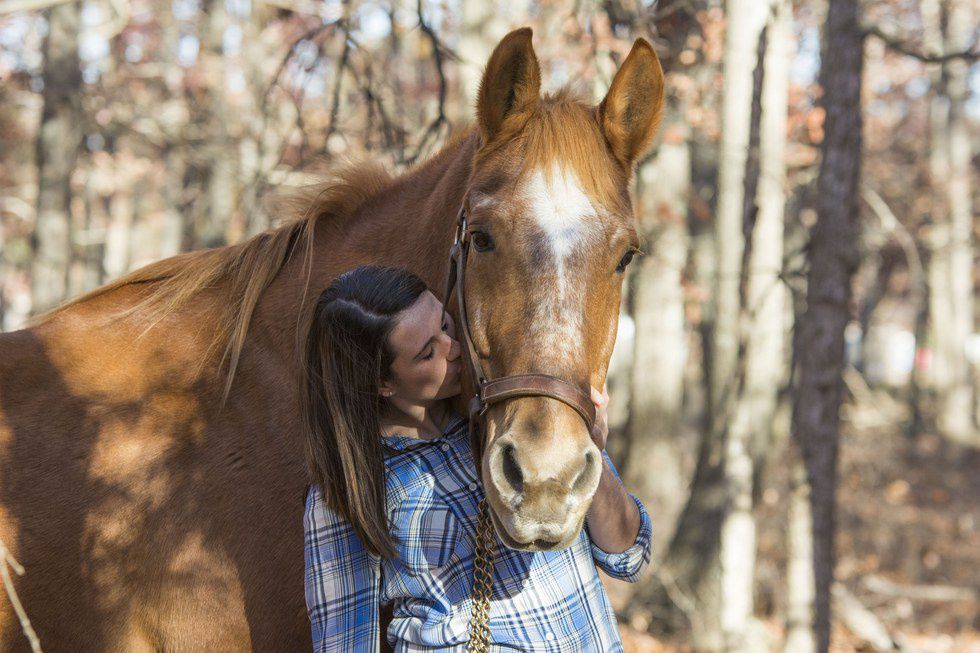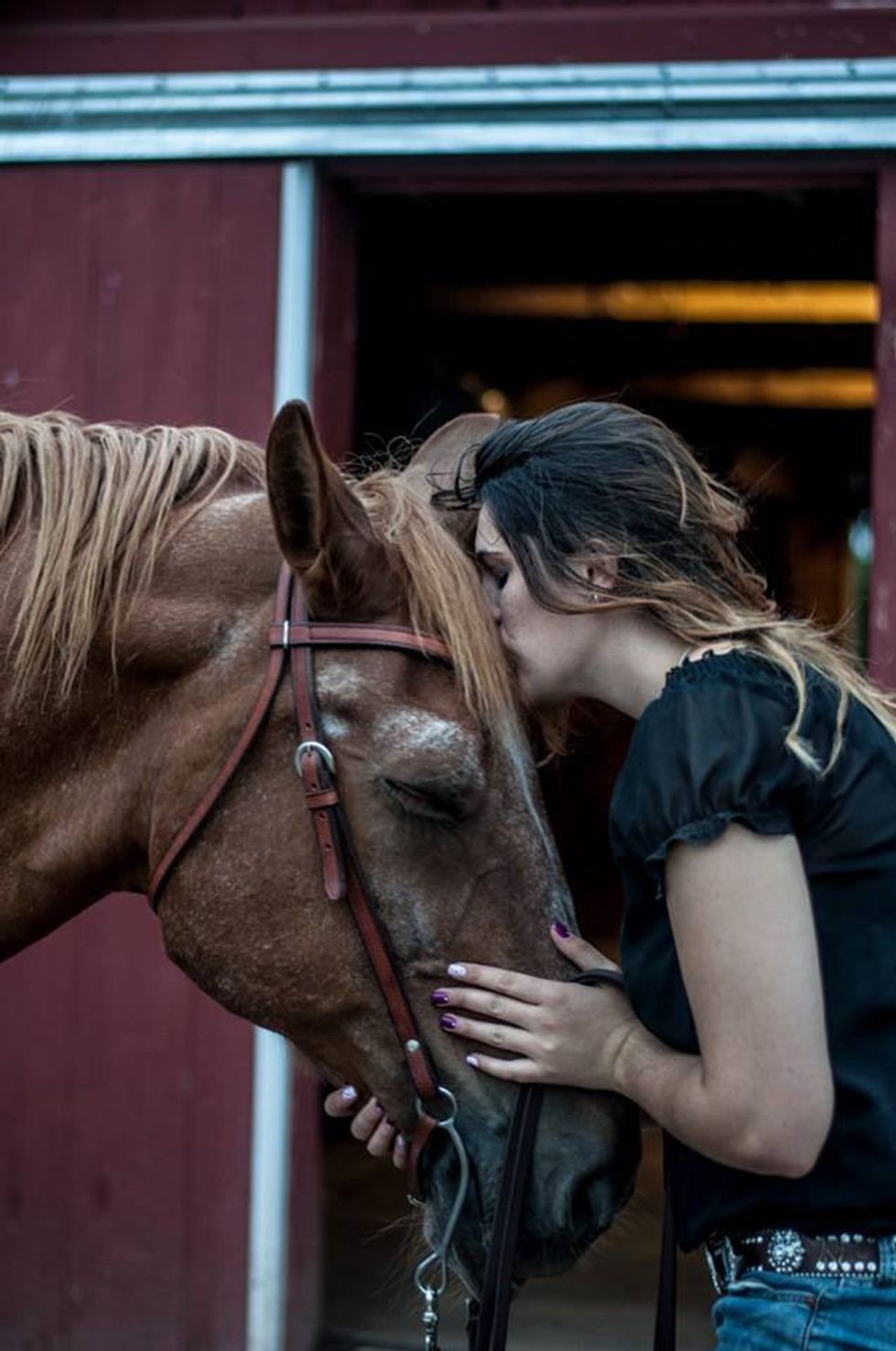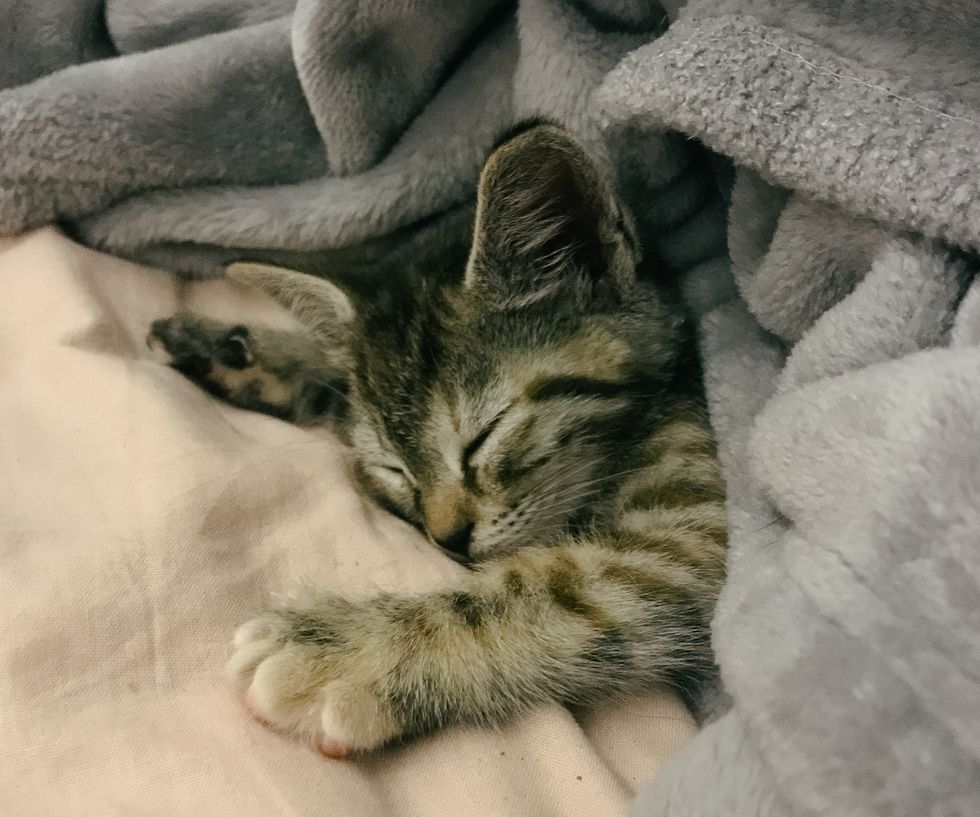25 Coolest Animals In The World: Rare Species You Probably Don't Know Exist
Animals that almost seem taken out of the Harry Potter and Lord of the Rings universe.
The world is full of amazing animals. So amazing, that narrowing them down to 20 felt nearly impossible. To determine who made the cut for this list, I used very important factors such as, cuteness and how much some of them looked like Pokémon. I know, very official. So here are some of the coolest animals in the world.
SEE ALSO: 15 Strange Animals You Can Ride And Look Cool Doing It
1. Fossa
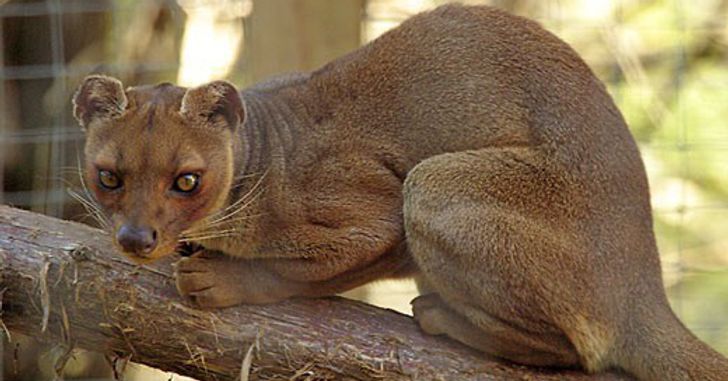
The fossa is a carnivorous animal located in Madagascar. Despite having many traits similar to cats, it is more closely related to the Mongoose. The fossa is only found in forest habitats and can hunt in either daytime or night. Over 50 percent of its diet happens to be lemurs.
2. Pink Fairy Armadillo
The pink fairy armadillo is the smallest and cutest species of armadillo. It is on the list of threatened species and is found in the sandy plains, dunes, and grasslands of Argentina. The pink fairy armadillo is a nocturnal creature that survives mostly on insects and plants.
3. Okapi
The okapi is an animal native to the Democratic Republic of Congo in Africa. Although the stripes make many people believe okapi are related to zebra, they are actually closer to giraffe. Okapi are solitary creatures and come together to breed. They are herbivores, mostly eating leaves, grass, and other plants.
4. Glaucus Atlanticus or "the Blue Dragon"
These little dragon-like creatures are often only about a few inches long and can be found in the Indian Pacific Oceans. The blue dragon floats upside down in order to blend the blue side of them with the water, and the silver side with the surface of the ocean. This tiny dragon feeds on creatures like the man o' war and can even deliver a sting similar to it.
5. The Maned Wolf
The maned wolf is often found in the grasslands of south, central-west, and southeastern parts of Brazil. It is neither related to wolves nor foxes despite its appearance and name, but is actually closer to dogs. The maned wolf hunts alone and primarily eats both meat and plants (about 50% of its diet).
6. Japanese Spider Crab
As the name suggestions, the Japanese spider crab inhabits the waters surrounding Japan. In many parts of Japan, this crab can be considered a delicacy but can be considerably difficult to catch. The Japanese spider crab can grow to 12 feet long from claw to claw. There is only one sea creature-- amongst similar species (aka crustaceans)-- that beats the weight of a Japanese spider crab: the American Lobster.
7. Pacu Fish
Look closely at the teeth, do they look familiar? This fish is found in the waters of South America. This fish, while related to the piranha, can actually grow much larger. They can also be found in rivers like the Amazon and is an aid to the fishing industry. Unlike the piranha, pacu mostly only eat seeds and nuts, though can still create nasty injuries to other animals if need be.
8. Slow Loris
The slow loris is a nocturnal creature found in Southeast Asia. While very adorable, the loris's teeth are actually quite venomous. The toxin on their teeth can also be applied to fur through grooming to protect its babies from predators. Often times these creatures forage and spend time alone, although can on occasion be seen with other slow lorises. Apart from their toxic teeth, the slow lorises have another defense mechanism, in which they move nearly completely silently in order to prevent discovery.
9. Angora Rabbit
These cute, fluffy rabbits are among the hairiest breeds of rabbit of both wild and domestic types. These rabbits originated in Turkey although managed to spread throughout Europe and was even brought to the United States in the 20th century. These rabbits are often bred for their soft wool which can be made into clothing, and often get rid of their own coats every 3-4 months.
10. Axolotl
The axolotl or "Mexican salamander" (who looks like a Pokémon , if you ask me) is often spotted in lakes in various places around Mexico. These little salamanders are amphibious although often spend their adult lives strictly in the water. However, the population of these cute creatures is dwindling due to non-native predators and the continued urbanization of Mexico. The axolotl eats small worms, insects, and fish in order to survive.
11. Liger
The liger, however made up it sounds, is a real (and cute) animal created by a lion and a tiger mating. Ligers only seem to exist in captivity or zoos because the lion and tiger don't share the same habitat in the wild. Unfortunately, these animals don't live very long or are sterile despite being bigger than both the lion and the tiger. While these animals are cool and unique, they are not strictly natural or sustainable.
12. Bearded Vulture
I don't know about you all, but this vulture reminds me of a phoenix which was initially why I looked into the creature. These vultures inhabit a range of places from southern Europe to the Indian subcontinent, to Tibet. This vulture, like other vultures, typically eats dead animals, although it has been documented that the bearded vulture will attack live prey more often than other vultures.
13. Goblin Shark
This unusual shark is also known as a "living fossil" because they are the last representative of sharks that lived about 125 million years ago. It is a deep sea shark that can grow between 10-13 feet if not longer. The goblin shark has been caught accidentally in every major ocean. The goblin shark is not a fast swimmer and relies on ambushing its prey.
14. Red Panda
This cute, small panda lives in the eastern Himalayas and southwestern China. The red panda is rather small, only about the same size as most domestic cats. Its eating habits range from bamboo, to eggs, to insects, and several other small mammals. The red panda is primarily sedentary during the day and at night or in the morning does whatever hunting it needs to do.
15. Blobfish
This blobfish is, in a way, so ugly that it is cute (although reminds me of a certain Pokémon ) This fish lives in the deep waters of Australia, Tasmania, and New Zealand. The blobfish has a density only sightly above that of water. The fish primarily hunts by just floating along and letting creatures wander into its mouth, rather than expending any energy.
16. Leaf Deer
The leaf deer is usually found in dense forests in the northwest region of Putao. The adult leaf deer only stands at about 20 inches high and the males and females are nearly identical except for an inch long horn on the males. It is called a leaf deer because hunters could wrap the deer in a single large leaf.
17. Tiger
While tigers are a more common animal than many others on this list, it is still one of the coolest animals in the world. Tigers are the largest of all cats and once ranged from Russia, to Turkey, to parts of Asia — almost all over the world. These animals are fierce, powerful creatures, although they are on the endangered species list.
18. Narwhals
Narwhals are a species of whale that live in the waters around Greenland, Canada, and Russia. The narwhal's diet changes depending on the time of year: in the spring the narwhal will eat cod, while in the winter the narwhal will eat flatfish. Narwhals can live up to 50 years and most frequently die of suffocation from being trapped under the ice.
19. Cheetah
Cheetahs, while more commonly heard of then some of the other animals on this list, are still incredibly cool. They often inhabit many parts of Africa and Iran. These amazing cats can reach up to 60 miles per hour in three seconds and use their tails to make quick and sudden turns. These amazing cats also have semi-retractable claws which helps with speed. The cheetah, however, doesn't have much besides speed to defend itself.
20. Ghost Shark
These deep-sea denizens reside at depths of between 400 and 6,600 feet (122 – 2,011m) where water temperatures are near freezing. Their dead eyes and large wing-like fins, a characteristic better suited to flying, gives rise to their ghoulish name.
Despite the name, ghost sharks are not actually part of the shark family, rather they are a species of fish and have a skeleton made from cartilage, instead of bone
21. Great Potoo
A master of camouflage, the great potoo is a carnivorous bird that lives mostly in tropical America. Remaining completely still, the great potoo blends in with its surroundings by mimicking a tree stump or branch as it patiently waits for unsuspecting prey. And, it doesn’t even give itself away by opening its eyes.
22. Star-Mosed Nole
Geologists of the animal kingdom, the star-nosed mole can detect seismic waves with 25,000 sensory receptors that make up the fleshy tentacles around its nose. As the only mole to live in swamps and marshes, the star-nosed mole may also be able to detect faint electrical signals from aquatic prey.
23. Red-Lipped Batfish
Endemic to the Galápagos Islands, the red-lipped batfish waddles along the seafloor using modified fins as legs, looking like it’s ready for a night on the town. Like many other weird animals, this adaptation may be for the males to attract a mate, although more research is needed.
24. Mantis Shrimp
These powerful little creatures have spring-loaded punches, allowing them to attack with the force of a .22 calibre bullet, reaching speeds of 23m per second. It’s the strongest known strike of any animal, with a force around 100 times that of its weight!
25. Superb Bird of Paradise
This GIF demonstrates the mating dance used by male superb birds of paradise. Typically females reject about 20 mates before selecting one they want to mate with. They are often found in New Guinea although it is unsure just how many of these birds there are. As far as scientists know, the population has remained stable.


